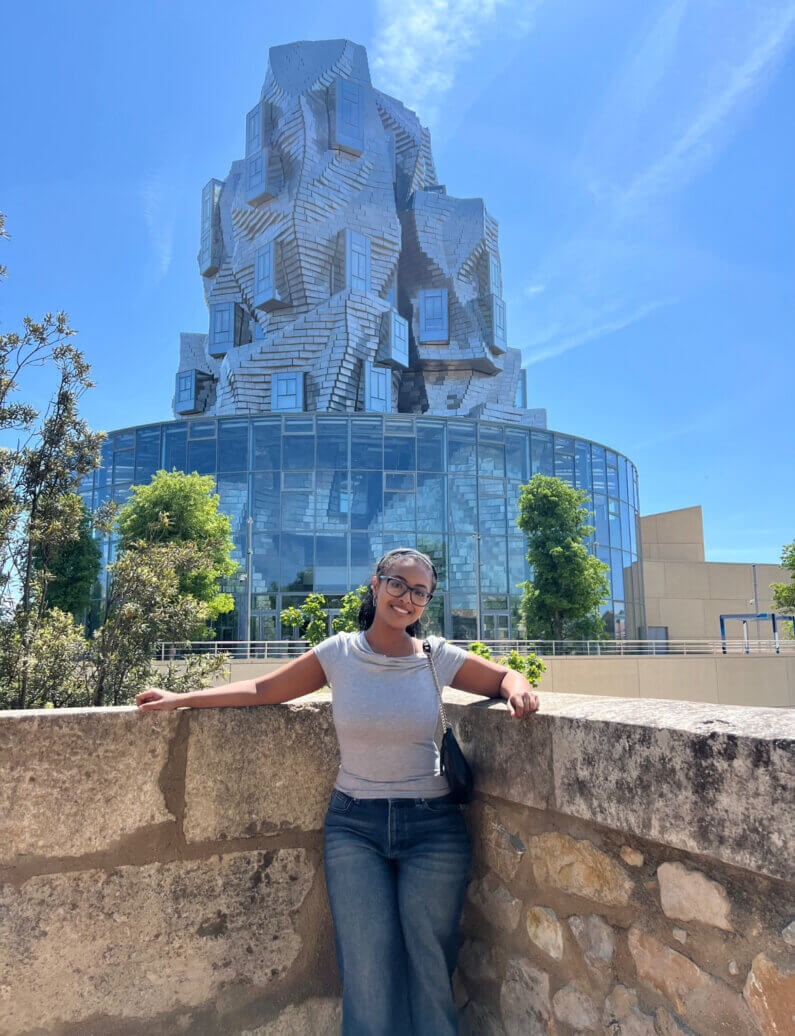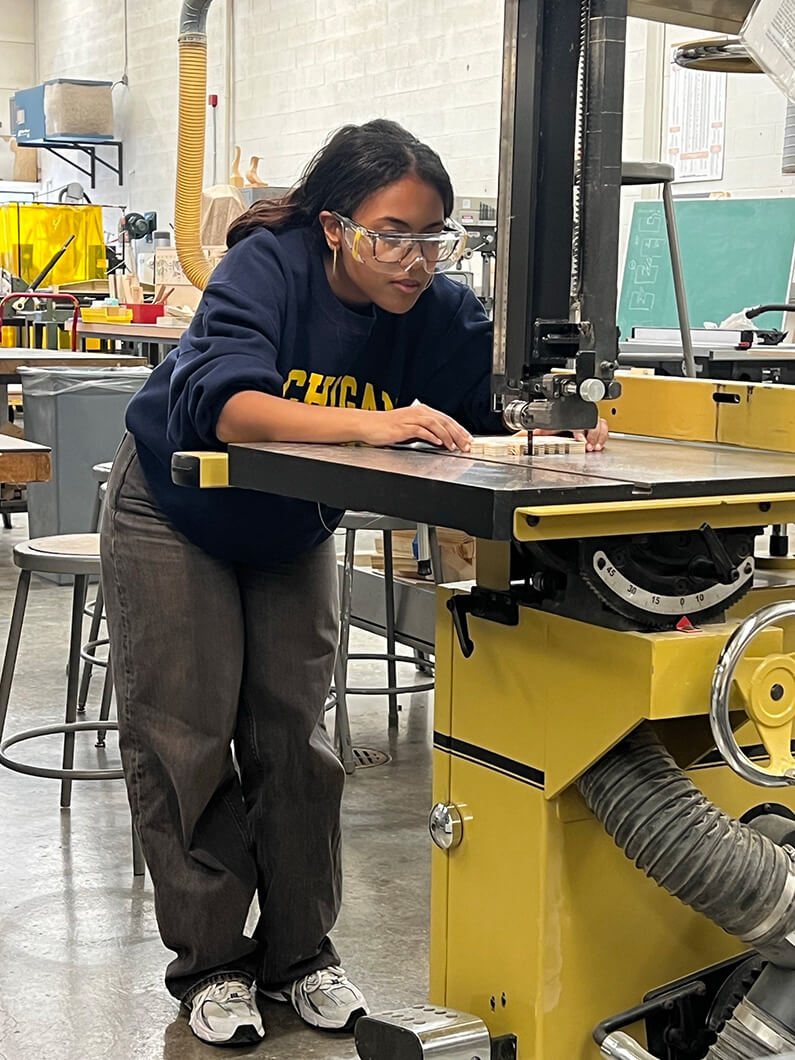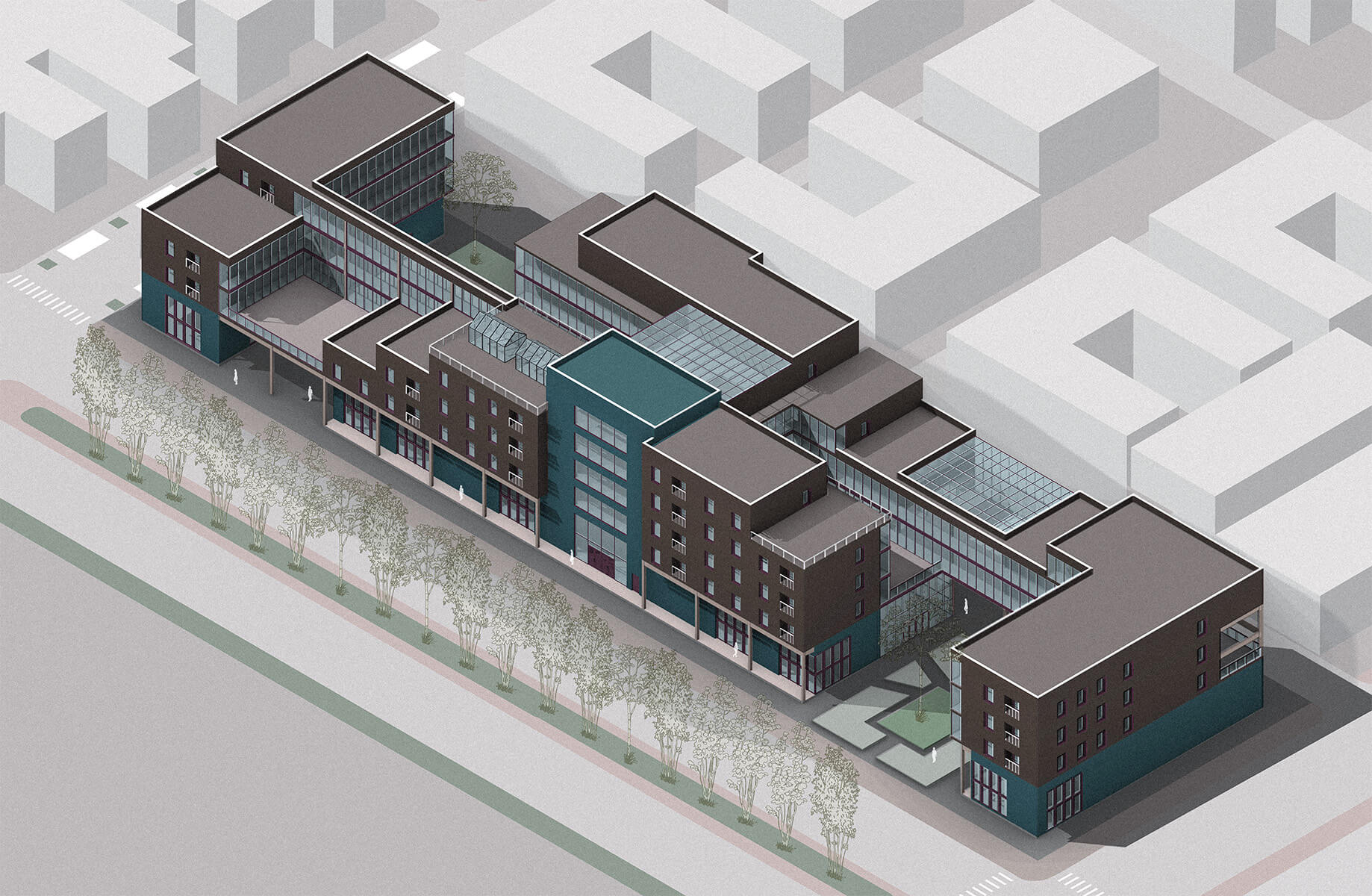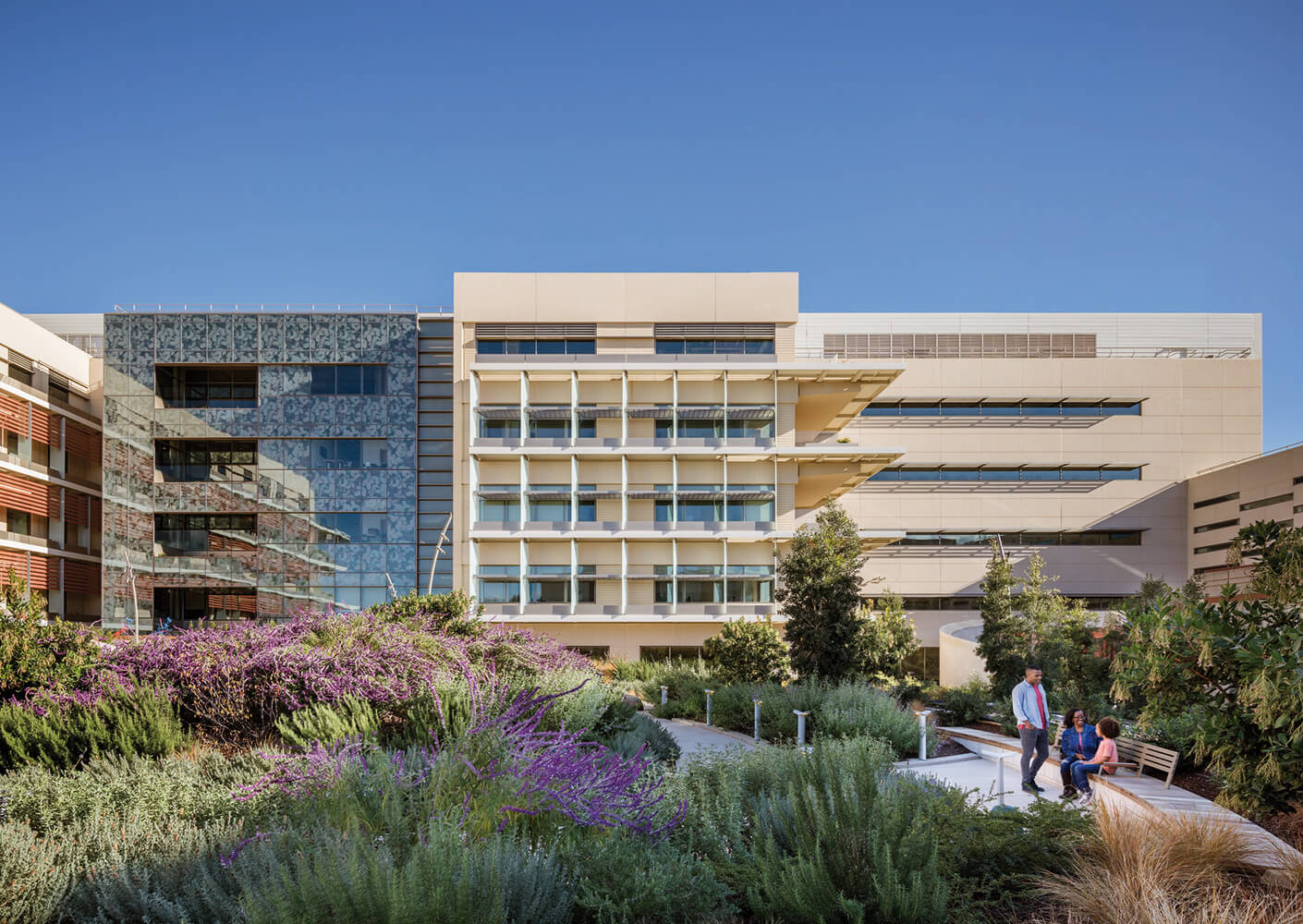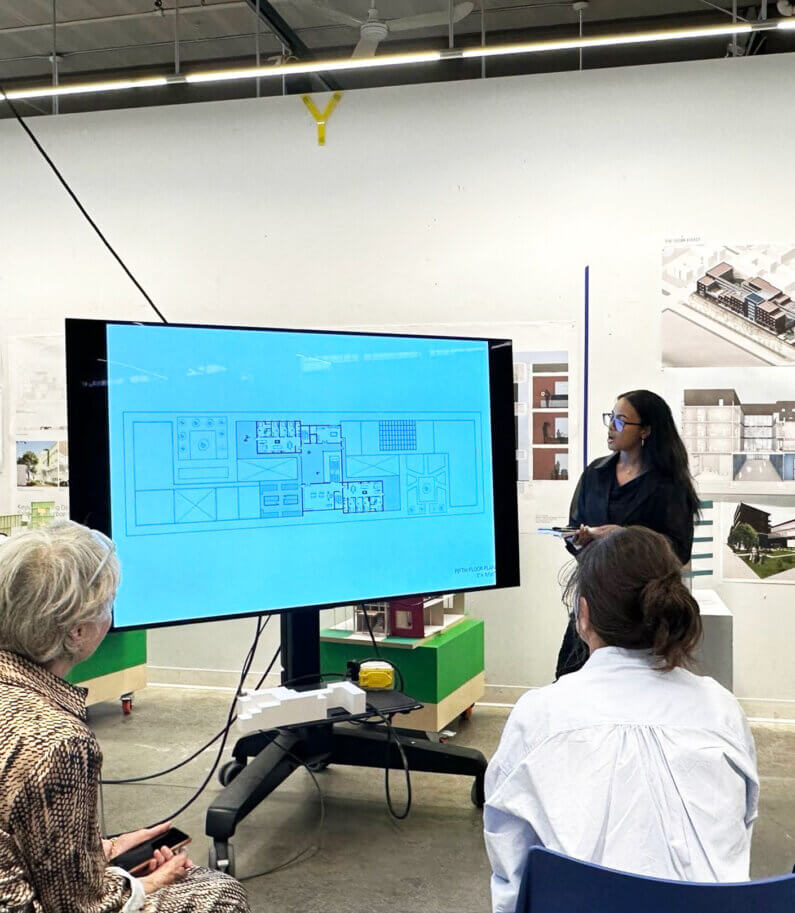We’ve teamed up with the University of Michigan’s Taubman College of Architecture and Urban Planning to establish the Robin Guenther Memorial Scholarship—a multi-year, need-based award that provides financial support to Master of Architecture students at Taubman College.
The scholarship honors the life and legacy of Robin Guenther, one of the design profession’s foremost leaders in sustainable healthcare architecture, a lifelong advocate for equity and inclusion, and a proud Taubman alumna. One of Robin’s final wishes was to create a scholarship that would expand access to design education and uplift the next generation of talent. And we’re proud to help bring that vision to life.
We had the pleasure of speaking with Tamar Ayalew, the first Robin Guenther Memorial Scholar, about her journey into architecture, the values that inspire her, and her future aspirations.
Where are you from?
I’m from Alexandria, Virginia. Growing up just outside of Washington D.C., I was always surrounded by a rich urban environment, political history, and cultural diversity. That environment shaped how I view the built world and its potential to impact lives at both a personal and collective level.
What are you studying at Taubman College?
I’m currently pursuing my Master of Architecture on the 2-year track at Taubman College. I just completed my first year and will begin my final year this fall.
What led you to architecture in the first place?
I was drawn to architecture because of its deep impact on communities. It’s not just about buildings, but about shaping how people live, gather, and access opportunity. I’ve always believed design has the power to support equity and connection, and architecture allows me to combine creative thinking with social responsibility.
